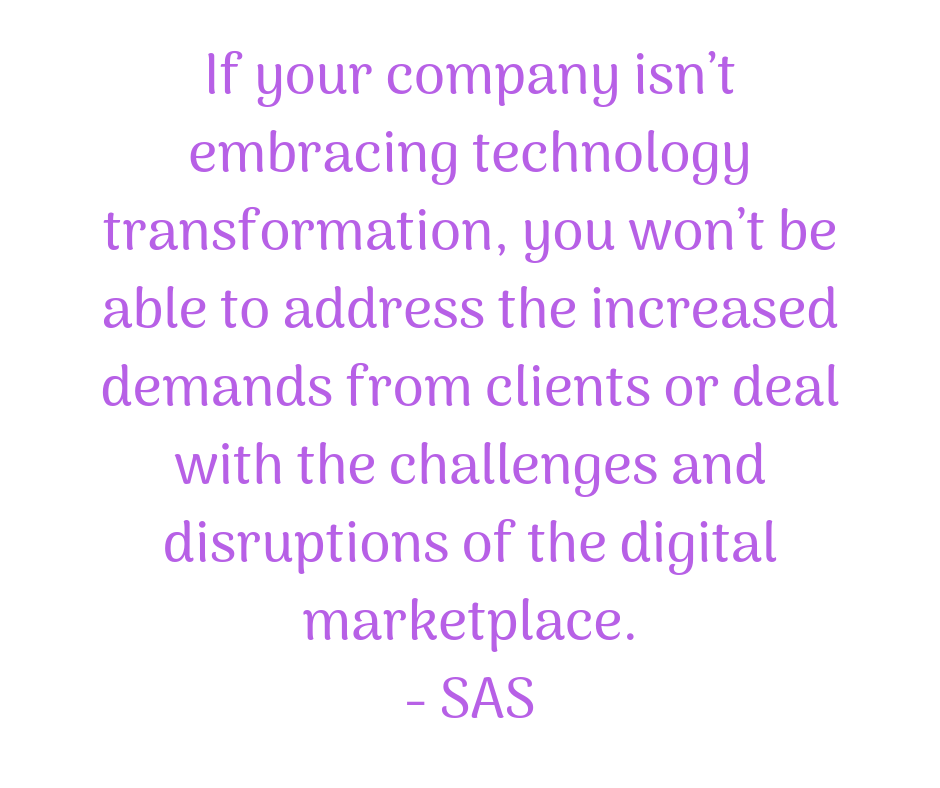For those of us who used a Nokia 3310 and a generation of Nokia phones thereafter, before we switched to iPhone and other brands, we know just how great those phones were. They got us through calls, SMS and even carried a couple of games. There seemed to be just one brand of phones, the indomitable Nokia.
Then came along Apple. Apple entered the arena with a game changer phone, with smart software, making ordinary phones smartphones. This redefined how people used their mobiles. It gave people a good browser to navigate the world wide web, a powerful hardware to support mobile gaming and an app store that contained tons of great and ever-increasing apps. Still, Nokia maintained a huge advantage over Apple for years - its distribution network and its relatively well priced products across the spectrum.
Late but great, Google arrived, and grabbed market share. Not as a gadget provider. Google brought software, an app store and then gave wings to manufacturers to craft a phone that could take on a Nokia or an iPhone at a price and product advantage that the manufacturers deemed fit. This essentially made the iPhone alternative, Android, affordable to a mass of people who wished for a smartphone but could not escape Nokia.
Circa 2020, as I write amid a turbulent COVID-19 phase, I cannot help but compare notes with this piece of history in a different industry - advertising technology.
Like Nokia, the staple display marketing software in the world was and has been Google AdWords (now rebranded as Google Ads) for two decades. Around a decade ago, a revolution happened when publishers and advertisers started demanding more transparency in the money being traded among themselves. This led to a framework being jointly built, called Programmatic Advertising. Naturally, companies jumped into implementing this framework.
Publishers implemented the framework on their websites and apps. Advertisers started buying media programmatically. Google too jumped in, by buying out a programmatic platform called Invite Media and merging it into their DoubleClick offering for Advertisers and Publishers. Programmatic media buying also ushered in a special feature (akin to the app store), the ability to make a deal with any data provider of your choice and importing those data segments into the programmatic platform for precision-based targeting.
This was revolutionary. But there was a catch.
It was and still is available only to brands and agencies that can afford to cough up a platform fee, commit to monthly big dollar spends with guaranteed annual spend commitments. Kind of the pricier iPhone of the digital advertising industry. So, anyone who could transact big dollars and pay a platform fee, gained access to this powerful platform. A software for the big businesses. The common man i.e. a vast majority of small, medium and large enterprises continue to use the trusted and efficient Google Ads platform. This population does not probably know what they are missing. Even Nokia of old had many games and a browser that rendered websites decently well. Of course, an iPhone was desirable, but that did not matter, Nokia worked just as well.
However, in the advertising business, it matters if you own a Nokia or an iPhone, i.e. are you on Google Ads or a Programmatic Platform. The big companies use data as the new age oil and get bigger. Simply because they can afford to. As a small, medium or large enterprise with limited resources or not wanting to get into annual commitments, your tools are the same. But the giants can always use the advantage of data to outbid you to reach the target audience at a lower cost of acquisition, even though they are spending a lot more for that audience and inventory.
So how do we build an Android like model in the digital advertising ecosystem? Simply put, how do we get programmatic (the software) and the audience (app store) to the manufacturers (ad agencies) at a price that is affordable and accessible to all?
Firstly, we take out the platform fee. This automatically makes the platform affordable. Add the fee when customers want to commit to higher spends and need guaranteed inventory.
Next, unhinge from the minimum spends requirement. Let everyone in.
Finally, add the app store to the mix. In this case, data providers. Make it easy for brands and agencies to find various data providers on a single marketplace, without the need to sign-up separately as being done today.
This approach essentially brings advanced targeting and a single place to buy inventory at affordable prices. At BPRISE, we have created this one-stop integrated platform to offer audience-based programmatic media buying, delivering ads across video and banner formats. You get to pick from over 75+ data providers, 30,000+ data segments (example aspiring home buyers, is a data cut for whom you can target home loan ads or new home ads) and a publisher inventory that spans the globe (by publisher, we mean websites and apps).
In current times when almost everyone is online due to the coronavirus crisis, and in the near future when online will become the preferred platform to connect, you will appreciate the advantage of filtering - right down to the website or app, Geo-location and audience to target your ad.
Now that you know why you should forget practices of the past, request access to our closed beta trial of the latest in marketing technology.



